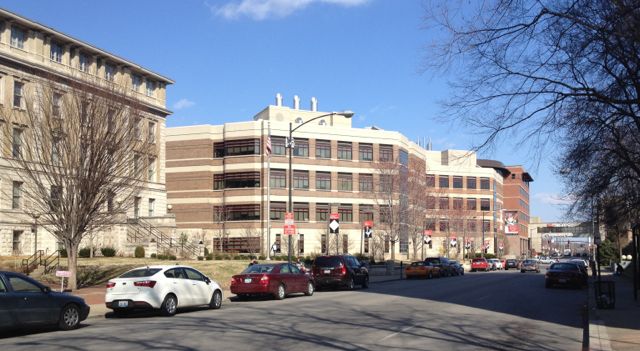Take a look at the results for Louisville and Kentucky.
Our colleague Terry Boyd at Insider Louisville was probably the first out of the block this morning to report on the local results of the much-debated, long-opposed, and likely system-changing publication by the Centers for Medicare and Medicaid Services of the amounts of money charged by and payed to individual physicians and other providers for some Medicare patients. This previously top-secret financial and utilization information had not even been available to other physicians let alone the public.
Long opposed by organized medicine as a violation of individual physician privacy, the public has gotten used to, indeed gained an appetite for such information about hospitals, nursing homes and the like. This is part of the movement to increase medical safety, quality, and efficiency. It also has been very helpful for identifying medical fraud and abuse. I predict that the release of physician payment data will have as much earth-shaking effect as last year’s release of hospital payment data illustrated by the now-famous article in Time Magazine, “Bitter Pill: Why Medical Bills Are Killing Us,” by Steven Brill.
There will be much to learn from this extensive database. It is huge! My tricked-out Mac chokes on the size of it. You can look up individual physicians for a more detailed breakdown on the Washington Post Portal referred to by Terry Boyd, or the Wall Street Journal.. To give the community something to look at while I do the same, a more manageable aggregate list of all the physician and other non-hospital Medicare providers doing business in Louisville or the state of Kentucky is available below. I have ranked the lists by the amount of money actually paid to individual providers– highest paid providers are at the top. Definitions of the individual items and some other comments about the data are present in the designated tabs. Continue reading “Medicare Payments to Physicians Now Available On-Line.”

